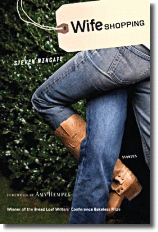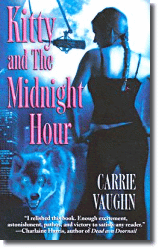Jonathan Segura
Scott Butki interviewed Jonathan Segura about his debut novel, Occupational Hazards.
Two questions from the Q & A:
What writers do you most hope to be compared to favorably? In your nightmare scenario (and I think every writer has this scenario) who would you be compared to?Read the complete interview.Radar dropped Elmore Leonard, which I was happy to read. PW dropped Arthur Nersesian, which was also nice. Both of them also dropped Chuck Palahniuk, and I suppose I wouldn't kick him out of bed, either. But, man, would it break my @!$%#ing heart if I read something like, “It’s like the staid love-child of that nutty night when Garth Stein and Nicholas Sparks slipped Danielle Steel a roofie at Brother’s Lounge…"
Your book draws from your experience as a journalist in Omaha, right? When did you work there and what did you cover?
I was a reporter and editor at the Omaha Weekly from 2000-2002. I also freelanced for The Reader in Omaha before I got the staff gig at the Weekly. The Weekly was a life-altering experience for me as a writer and as a person--I had a great editor in John Heaston, and because we had such a small staff, I was cranking out 3,000 to 4,000 words a week. I met a lot of weird, wonderful people. Most of what I did was covering city hall and courts. Some cops stuff. Throw in the occasional feature or profile. It was a lot of work, and we’d often be in the office closing an issue until 3 in the morning. Good times.
The Page 69 Test: Occupational Hazards.
--Marshal Zeringue
































